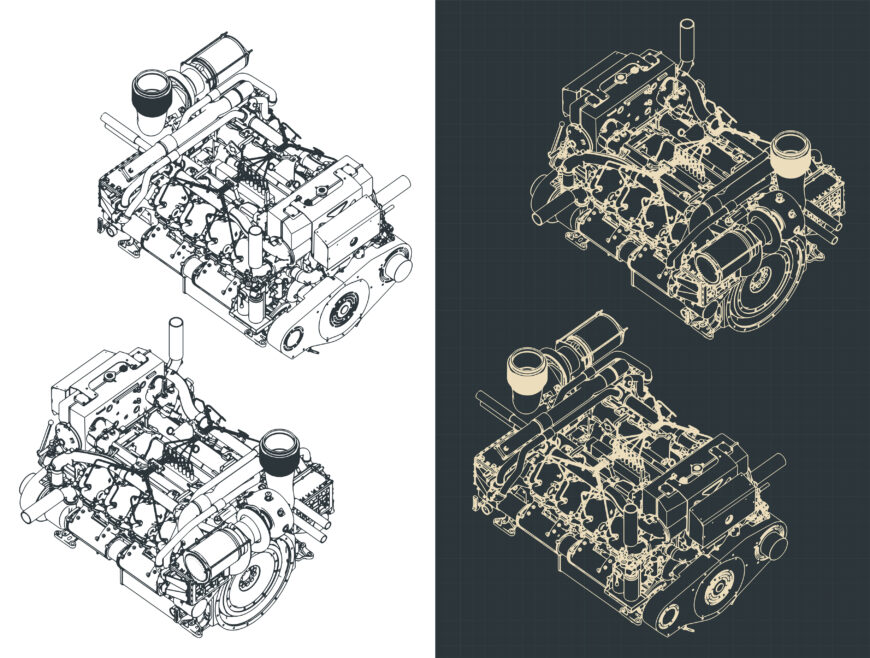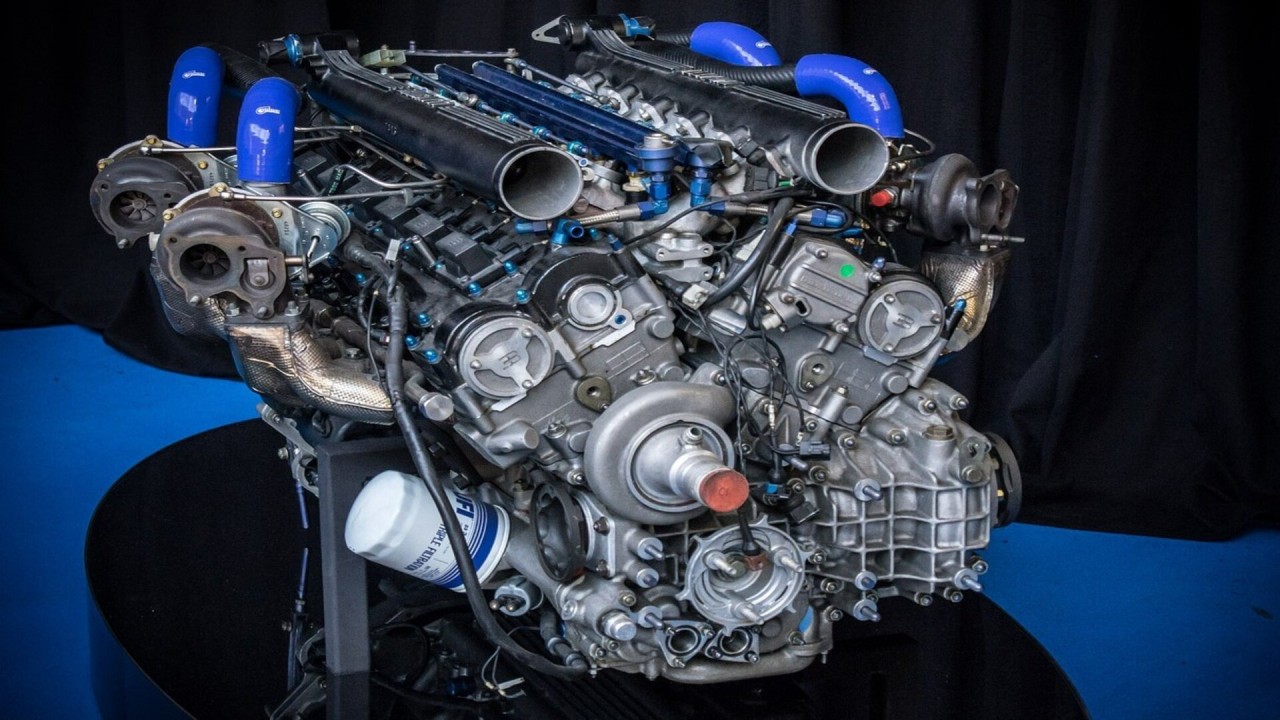Engines for Africa Available Now! See Our Relied On Vehicle Components Shop
Engines for Africa Available Now! See Our Relied On Vehicle Components Shop
Blog Article
The Evolution of High-Performance Automotive Powerplants: A Detailed Introduction of Cutting-Edge Engine Technologies in the Modern Automotive Industry
In the ever-evolving landscape of automobile design, the quest of high-performance powerplants has been a driving force behind technical developments in the modern-day vehicle market. The mission for a lot more efficient, effective, and environmentally mindful engines has led to a myriad of innovations that have actually reshaped the means we think of vehicle power. From turbocharging advancements to the smooth integration of crossbreed powertrains, the world of high-performance engine technologies remains to push boundaries and redefine possibilities. As we explore the complexities of these cutting-edge developments, a deeper understanding of the evolution of automobile powerplants arises, offering a glance right into the future of vehicle engineering. engines for africa.
Turbocharging Technologies
The development of high-performance automotive powerplants has been dramatically influenced by continuous advancements in turbocharging innovations. Turbocharging has transformed the vehicle market by giving a more efficient methods of boosting engine power output without considerably boosting engine variation. By using exhaust gases to drive a generator that compresses the incoming air into the engine, turbochargers effectively boost the air-fuel mix's density, causing boosted burning and higher horsepower levels.
One of the vital advancements in turbocharging technology is the advancement of variable geometry turbos (VGTs) or variable nozzle generators (VNTs) These systems permit extra accurate control over increase levels, lowering turbo lag and improving engine feedback throughout a broader variety of RPMs. Additionally, twin-scroll turbochargers have ended up being preferred in high-performance applications due to their ability to separate exhaust pulses for much better energy use.
Hybrid Powertrain Assimilation
Proceeding the trajectory of technical advancements in vehicle powerplants, the integration of hybrid powertrains marks a substantial change in the direction of boosting both performance and efficiency in modern-day cars. Hybrid powertrains incorporate conventional internal combustion engines with electrical motors, enabling improved gas economic situation, decreased discharges, and increased power output (engines for africa). By perfectly blending the toughness of both source of power, crossbreeds use a versatile service that accommodates differing driving conditions and demands
One key advantage of crossbreed powertrain integration is the capacity to regain power during stopping or drifting, saving it in the vehicle's battery for later usage. This regenerative braking feature not only improves performance however likewise contributes to expanding the total variety of the vehicle. The instantaneous torque shipment of electrical motors matches the power distribution of inner combustion engines, resulting in boosted velocity and responsiveness.
Automakers are continuously fine-tuning crossbreed powertrain technologies, intending to strike a balance in between efficiency and sustainability. engines for africa. As customer need for environment-friendly yet powerful vehicles grows, the combination of crossbreed powertrains is positioned to play a critical role in forming the future of automotive propulsion systems

Advanced Gas Injection Equipments
With advancements in automotive innovation, the execution of innovative fuel shot systems has actually transformed the efficiency and efficiency of contemporary lorries. These sophisticated fuel distribution systems have replaced conventional carburetors due to their exceptional precision in delivering fuel to the engine. Direct gas injection, where gas is splashed straight into the burning chamber, permits better control over fuel-air mixture, causing enhanced power result and gas efficiency.
One of the essential benefits of innovative gas shot systems is their capability to adapt to differing driving conditions in real-time. This versatility makes certain optimum engine efficiency throughout different situations, whether it be throughout aggressive acceleration or cruising at a consistent speed. In addition, contemporary gas injectors are created to atomize fuel a lot more successfully, promoting cleaner burning and decreasing damaging discharges.
Furthermore, advanced fuel shot systems play a critical function in making it possible for the implementation of various other innovative engine modern technologies, such as turbocharging and variable valve timing, further improving the total power and performance of high-performance automobile powerplants.
Performance-Enhancing Electronic Devices

One trick modern technology that exemplifies this is the Electronic Control System (ECU), which acts as the mind of the engine monitoring system. The ECU procedures real-time data from numerous sensors to exactly manage ignition timing, fuel shot, and other crucial criteria, leading to improved power shipment and fuel performance. In addition, modern technologies like variable shutoff timing (VVT) and digital throttle control (ETC) further add to making the most of engine efficiency by readjusting shutoff opening times and throttle responses based on driving problems.
In addition, performance-enhancing electronics enable functions such as launch control, traction control, and adaptive shock absorber, boosting both the driving experience and general car efficiency. The constant advancement and assimilation of these innovative digital systems remain to push the limits of vehicle engineering, bring about more effective, effective, and technologically progressed high-performance lorries.
Future Fads in Engine Development
As auto powerplants advancement with the assimilation of performance-enhancing electronic devices, the trajectory of engine growth is poised to accept future fads that will certainly redefine the landscape of high-performance automobiles. One noticeable pattern on the horizon is the ongoing downsizing of engines without jeopardizing power outcome. This downsizing is achieved with innovations like turbocharging and electrification, allowing smaller engines to provide the performance of bigger ones while boosting gas efficiency.
An additional crucial pattern is the increasing adoption of hybrid powertrains in high-performance vehicles. Crossbreed systems combine internal burning engines with electric motors to enhance velocity and overall efficiency while minimizing exhausts. In addition, improvements in materials scientific research are more helpful hints driving the growth of lighter and more powerful engine components, adding to boosted performance and power-to-weight proportions.
Furthermore, the market is moving in the direction of more lasting practices, with a growing emphasis on different gas such as biofuels, hydrogen, and synthetic fuels. These environment-friendly choices not just decrease the ecological impact of high-performance automobiles but likewise supply possibilities for additional boosting engine efficiency. Overall, the future of engine advancement in the vehicle industry is characterized by effectiveness, development, and sustainability.
Conclusion
Finally, the go to my site automotive sector has actually seen considerable developments in high-performance engine innovations, consisting of turbocharging innovations, hybrid powertrain combination, advanced fuel shot systems, and performance-enhancing electronics. These advancements have revolutionized the capabilities of modern-day powerplants, leading to enhanced efficiency, power output, and overall efficiency of cars. As technology remains to evolve, future fads in engine growth are anticipated to additionally improve the performance and sustainability of automotive powerplants.
Turbocharging has reinvented the auto sector by giving a much more efficient means of boosting engine power outcome without dramatically increasing engine displacement.As vehicle powerplants advance with the integration of performance-enhancing electronics, the trajectory of engine development is positioned to welcome future fads that will redefine the landscape of high-performance lorries. Overall, the future of engine advancement in the automotive market is characterized by sustainability, effectiveness, and development.
In verdict, the automotive sector has seen substantial developments in high-performance engine innovations, consisting of turbocharging technologies, hybrid powertrain combination, progressed gas injection systems, and performance-enhancing electronics. As technology proceeds to develop, future fads in engine advancement are expected to even more enhance the performance and sustainability of automotive powerplants.
Report this page